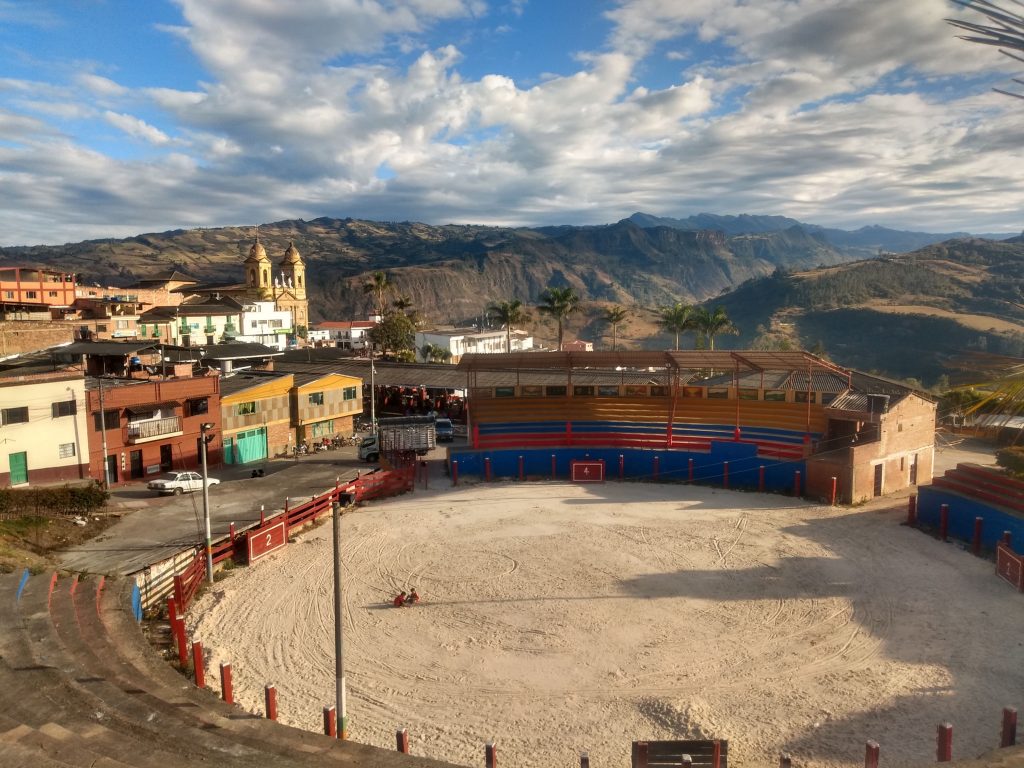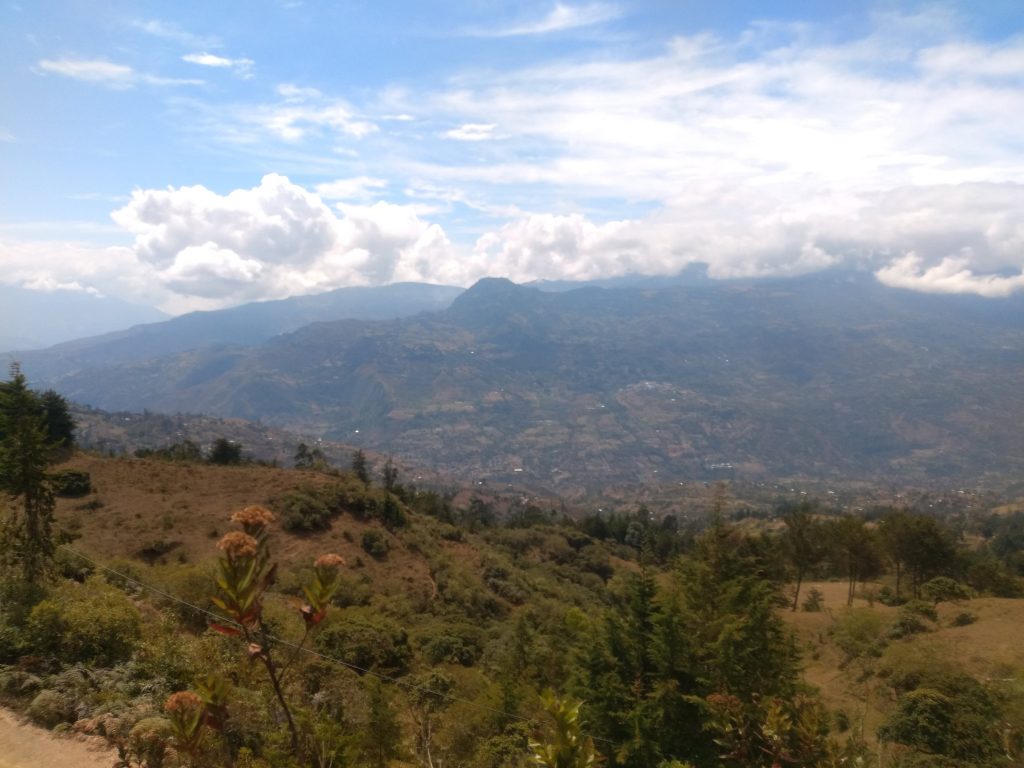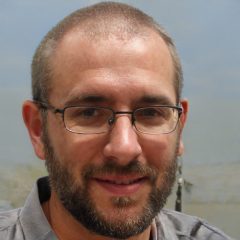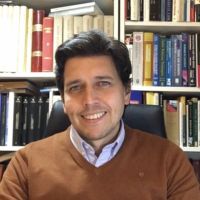
@wwaycorrigan
When it comes to quaint colonial towns and villages, Colombia has a plethora to offer. Indeed, you could pretty much spend your whole life going from one to another, exploring the idiosyncrasies of each.
Some say that there’s not a big difference between them. Once you’ve seen the ‘big’ ones — big as regards reputation that is — such as Barichara and Villa de Leyva, that’s enough. The rest are just poor imitations.
For sure, if you’re on a short stay and lacking ‘algunas palabras’ in Spanish, it’s probably best to go to the spots that are more renowned and better-equipped for tourists and tourism.
Towns less travelled
From a personal perspective, while I’ve nothing against the more popular towns, after over eight years in this country, heading to a place where I’ll be seen as just another tourist isn’t very appealing.
It’s why over the last number of years I’ve opted for destinations that most non-Colombians, and even some Colombians, don’t bother visiting or haven’t even heard of.
Now, before you say it, yes, in such tourist-light towns and villages I also stand out (although, some have said, before I open my mouth and speak Irish-accented Spanish, that I could pass as a Paisa. Perish the thought!), but it’s not in a tourist way. It’s more a case of, ‘Oh, what brings you here?’
‘Machetá, the golden gateway to the Tenza Valley’
So it was with that modus operandi, together with the fact that after five months of not having left Bogotá any place would have sufficed, that I opted for the town of Machetá, an hour bus ride north from the capital.
My experience of rolling into such small towns on a whim is that there’s always very reasonably priced accommodation to be found.
This wasn’t quite so in Machetá. There were three options, two of them upwards of 50,000 pesos (just over 13 euros, it’s all relative) for a room for the night and they weren’t for turning on their prices. It was a case of third time lucky with La Playita, a recently opened panadería which also functions as a hotel. I got a nice en suite room there for 30,000 pesos (eight euros).
As for the town itself, the ‘Golden gateway to the Tenza Valley’ so it goes, it certainly has a very picturesque setting and an agreeable climate for a Northern European, set at an altitude of 2,000 metres — that is to say slightly lower and thus warmer than Bogotá but not overbearingly so, while there’s no real need for additional layers at night.
The trademark activity for this mini-escape, as it often is, was walking/hiking the hills around the towns — I say towns as after Machetá I spent a walking-packed 30 hours or so in Guateque, 23 kilometres to the south-east in the Boyacá department.
Basically, if there are hills/mountains around the town, and in this part of Colombia it’s a given, I always like to ascend them for a panoramic view of the surrounds.
On this front, while there’s an alluring hill overlooking Machetá, the bushy vegetation obscures the view. Hiking further up the mountains for a couple of hours didn’t bring better results. It was good exercise all the same.
Three of a kind
Guateque, birthplace of the infamous emerald tsar Víctor Carranza, on the other hand, is, at the risk of overstating it, a hillwalker’s dream. The northern point in a triangle of two neighbouring settlements — Guayatá and Somondoco — each delightfully nestled on plateaus overlooking the valley, for a town that appears nondescript on arrival, it pleasantly surprised.
Indeed, had I heeded the advice of the receptionist at the well-kept Hotel Tu Refugio (23,000 pesos for an en suite room), I wouldn’t have even given Guateque a chance.
Having just paid for my room, Monica suggested that I take a bus to Guayatá, ‘a much prettier town’, and come back in the evening. I decided against it.
On the first day, I stumbled across a mostly unpaved loop road up the hills that gives lovely views of the three aforementioned towns. Motor traffic does use it so it’s not quite ‘at one with nature’, but thankfully it’s largely peaceful.
Mount Monsignor
On the second day, taking advice from some locals, I walked to the much smaller, sleepier village of Sutatenza, three kilometres to the north. The idea was to grab a coffee there and then stroll back to Gauteque for the bus back to Bogotá.
Again, though, my penchant for seeking out views saw me head up the only road going towards the hills. Google maps told me it would lead to a dead-end. The road did but there was a path that kept going up, so I followed it. And followed it, until I met a local, a man in his late 60s I’d say, slowly stepping it out to his home, replete with an infected, swollen foot for good measure. Some goer, but a pilgrimage he doesn’t think twice about. He has no other choice I guess.
I asked him if I kept on going up would I eventually get to a point where I’d have a good view of the valley below. He then began to tell me, in a way where he seemed to expect me to know, about the ‘famous’ Monsignor José Joaquín Salcedo Guarín who, starting in the late 1940s, used to broadcast a ‘world-renowned’ radio show atop the very hill we were ascending. ‘Now there’s not even a plaque to honour his memory up there.’ Men have been honoured for less, haven’t they?
‘From a high, the way back to Guateque looked straightforward’
The old man accompanied me for a bit, even going further than his own house. Considering the state of his foot and slow pace, I tried to tell him I’d figure out the path on my own, but he was having none of it.
We eventually parted ways when the way back to Guateque appeared much clearer. He told me there was no point going back to Sutatenza, which of course made sense.
However, as clear as the route looked from a high, I took a wrong turn and ended back in Sutatenza. Oh well. It wasn’t a major detour and it did come with two beers along the way courtesy of a somewhat mysterious emerald dealer, a man reluctant to give me his name even after having given me his mobile number.
He eventually introduced himself as Raul. Maybe he’s related to Víctor Carranza and didn’t want this random foreigner knowing? A couple of drunken folk in Guateque the night before were less coy about telling me they were cousins of the ‘great baron’.
With that little unplanned adventure, my badly needed mini-escape from Bogotá came to an end. It gave another timely reminder that despite their superficial similarities, each Colombian town has its own story to tell. We’ll find out Guayatá’s and Somondoco’s in due course.
________________________________________
Listen to The Colombia Cast podcast here.
Facebook: Wrong Way Corrigan – The Blog & IQuiz «The Bogotá Pub Quiz».






Comentarios